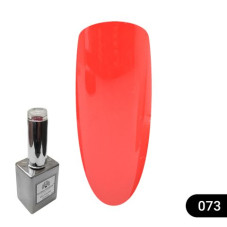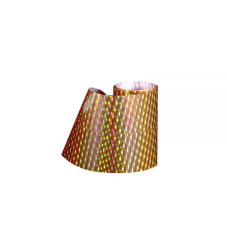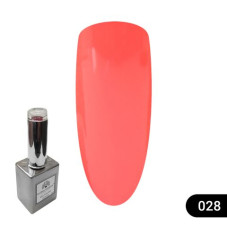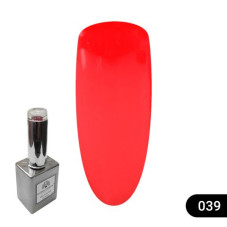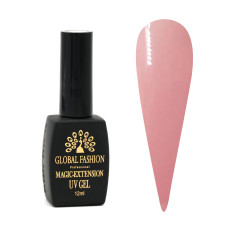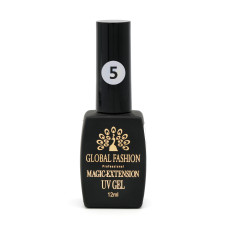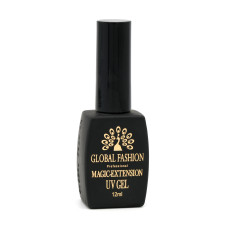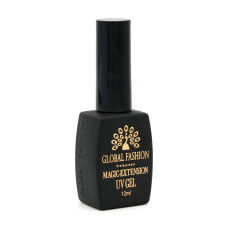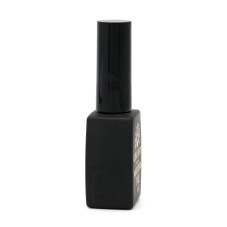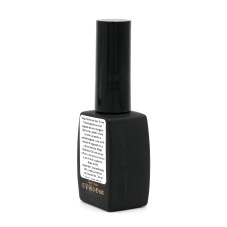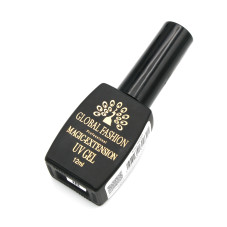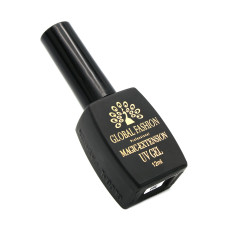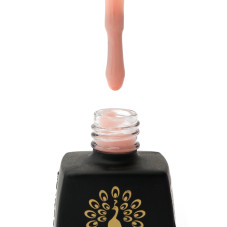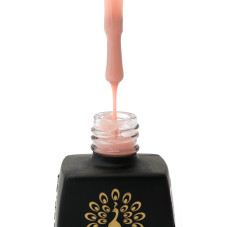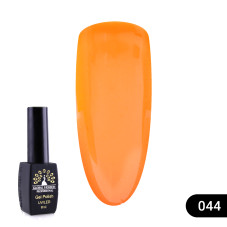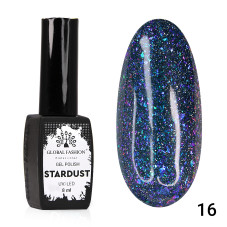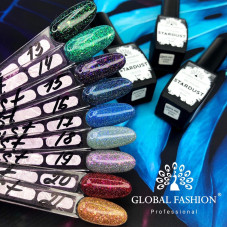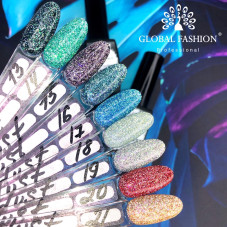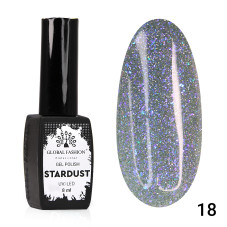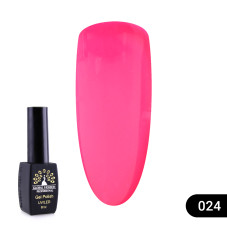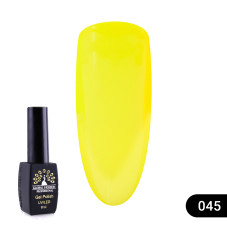Hardware pedicure - convenient and easy

«Taking care of yourself» is inherent in every human being. It is well known that every member of the fairer sex always tries to spend as much time on her body as possible so that she can brag about it later on. Speaking about feet, they need regular care. Today, modern cosmetic offices and salons offer a fairly large number of services and procedures for the treatment of both hands, feet and nails. Among the existing technologies and techniques for foot treatment and nail care, hardware pedicure is very widespread.
About hardware pedicure technique
The hardware pedicure is a special technique for foot and nail care and the treatment of some problematic conditions (calluses, corns, etc.). This method allows you to effectively remove the most difficult calluses, dry corns and cracked heels without the use of cutting tools, increasing the effectiveness of treatment of fungal infections at an early stage of their emergence.
Unlike regular pedicures, the so-called hardware pedicure is not necessary in the first place because it doesn't require steaming.
This is very interesting: The 'dry pedicure' is also known as a 'regular' pedicure. This is because it is not always done with water. To soften rough spots on the feet and to disinfect them, the masters use safe cosmetics.
What is needed for a hardware pedicure?
- Special clothing: a white coat, gloves, headscarf and mask.
- A disinfectant that treats not only the client's feet, but also the master's hands.
- The presence of functioning equipment.
- Cutters for pedicure (a necessary tool for pedicure).
You will need a gel remover for your nails, which will soften the nail plate slightly.
You can read more about cutters in our article
The technology of the procedure
The procedure consists of several steps:
First of all, the handyman uses a disinfectant to treat his hands and feet. The purpose of this measure is to prevent possible infection.
1. The skin is softened - a fast-acting softening gel is applied. After just 10 minutes, the skin is sufficiently porous to begin the treatment.
2. This removes dead cells: the smallest nozzle is used for cuticle treatment; the deburred areas around nails are treated with a bigger nozzle. This treatment involves adding a portion of the cuticle to the nail and adjusting its length.
3. The feet and cuticles are treated. Softening gel is removed and keratinous cells are removed from the feet. The cutters are selected according to the area to be treated. After the foot skin resurfacing is completed, a variety of treatments are applied to the skin. The average treatment time is no more than 20 minutes. Using a tampon holder, the technician treats the toes. The pliers are used to remove burrs, if any. An ingrown toenail is treated with a special softener and then disinfected. The toes are also sanded, but with a smaller nozzle.
4. Nail polishing. At the end of the treatment, the client receives a light foot massage and the polisher rubs oil into the skin. A nail polish is applied. A talcum powder completes the treatment.
Features of hardware pedicure
- safety - during the procedure, the skin is not cut off, but only the coarsened part of it is removed, without affecting healthy tissue.
- nails, after polishing, are freed from the layer of dead cells and can breathe better.
- the cuticle is not removed, but trimmed with one of the smallest trimming heads.
- the hardware pedicure gives a more precise and painless treatment of corns and calluses.
- It has a relaxing effect: it massages the reflexive areas of the foot, stimulating the general tone of the body.
- In the procedure of hardware pedicure instead of water to soften the skin of the foot uses a special cream and liquid.
- With a hardware pedicure, the polishing attachments allow the technician to treat even the most problematic and hard-to-reach areas.
- the soft sanding in a hardware pedicure ensures that the skin grows back slowly and retains its elasticity longer.
- therapeutic effect - treatment of an ingrown nail, a hardware pedicure helps to maintain the beauty and health of the feet at any age.
- The procedure will be repeated much later (in comparison with classical pedicure).
Hardware pedicure: indications
- Burrs.
- Irritable, dry skin.
- Thin cuticles.
- Damaged, flaky nails.
- Ingrown nail plates.
- Cracked heels, calluses, corns etc.
- Diabetes.
Interesting! The technique of hardware pedicure has been known in Europe for almost forty years and was first introduced in Germany in the late 60s.
Visit our online shop Global Fashion, we work only with professional products.
We hope our article has served you well. Let you always have beautiful, healthy feet!
Read also:
1. A machine manicure is a super tehnology!
2. Cutters for a hardware manicure. How to choose?
3. Manicure router. Manicure art helper
4. Manicure extractor. Master and client safety
5. How to choose a manicure lamp? Let's understand the nuances!
About hardware pedicure technique
The hardware pedicure is a special technique for foot and nail care and the treatment of some problematic conditions (calluses, corns, etc.). This method allows you to effectively remove the most difficult calluses, dry corns and cracked heels without the use of cutting tools, increasing the effectiveness of treatment of fungal infections at an early stage of their emergence.
Unlike regular pedicures, the so-called hardware pedicure is not necessary in the first place because it doesn't require steaming.
This is very interesting: The 'dry pedicure' is also known as a 'regular' pedicure. This is because it is not always done with water. To soften rough spots on the feet and to disinfect them, the masters use safe cosmetics.
What is needed for a hardware pedicure?
- Special clothing: a white coat, gloves, headscarf and mask.
- A disinfectant that treats not only the client's feet, but also the master's hands.
- The presence of functioning equipment.
- Cutters for pedicure (a necessary tool for pedicure).
You will need a gel remover for your nails, which will soften the nail plate slightly.
You can read more about cutters in our article
The technology of the procedure
The procedure consists of several steps:
First of all, the handyman uses a disinfectant to treat his hands and feet. The purpose of this measure is to prevent possible infection.
1. The skin is softened - a fast-acting softening gel is applied. After just 10 minutes, the skin is sufficiently porous to begin the treatment.
2. This removes dead cells: the smallest nozzle is used for cuticle treatment; the deburred areas around nails are treated with a bigger nozzle. This treatment involves adding a portion of the cuticle to the nail and adjusting its length.
3. The feet and cuticles are treated. Softening gel is removed and keratinous cells are removed from the feet. The cutters are selected according to the area to be treated. After the foot skin resurfacing is completed, a variety of treatments are applied to the skin. The average treatment time is no more than 20 minutes. Using a tampon holder, the technician treats the toes. The pliers are used to remove burrs, if any. An ingrown toenail is treated with a special softener and then disinfected. The toes are also sanded, but with a smaller nozzle.
4. Nail polishing. At the end of the treatment, the client receives a light foot massage and the polisher rubs oil into the skin. A nail polish is applied. A talcum powder completes the treatment.
Features of hardware pedicure
- safety - during the procedure, the skin is not cut off, but only the coarsened part of it is removed, without affecting healthy tissue.
- nails, after polishing, are freed from the layer of dead cells and can breathe better.
- the cuticle is not removed, but trimmed with one of the smallest trimming heads.
- the hardware pedicure gives a more precise and painless treatment of corns and calluses.
- It has a relaxing effect: it massages the reflexive areas of the foot, stimulating the general tone of the body.
- In the procedure of hardware pedicure instead of water to soften the skin of the foot uses a special cream and liquid.
- With a hardware pedicure, the polishing attachments allow the technician to treat even the most problematic and hard-to-reach areas.
- the soft sanding in a hardware pedicure ensures that the skin grows back slowly and retains its elasticity longer.
- therapeutic effect - treatment of an ingrown nail, a hardware pedicure helps to maintain the beauty and health of the feet at any age.
- The procedure will be repeated much later (in comparison with classical pedicure).
Hardware pedicure: indications
- Burrs.
- Irritable, dry skin.
- Thin cuticles.
- Damaged, flaky nails.
- Ingrown nail plates.
- Cracked heels, calluses, corns etc.
- Diabetes.
Interesting! The technique of hardware pedicure has been known in Europe for almost forty years and was first introduced in Germany in the late 60s.
Visit our online shop Global Fashion, we work only with professional products.
We hope our article has served you well. Let you always have beautiful, healthy feet!
Read also:
1. A machine manicure is a super tehnology!
2. Cutters for a hardware manicure. How to choose?
3. Manicure router. Manicure art helper
4. Manicure extractor. Master and client safety
5. How to choose a manicure lamp? Let's understand the nuances!
Published: 28.03.2022 08:29
Times Read: 4483
